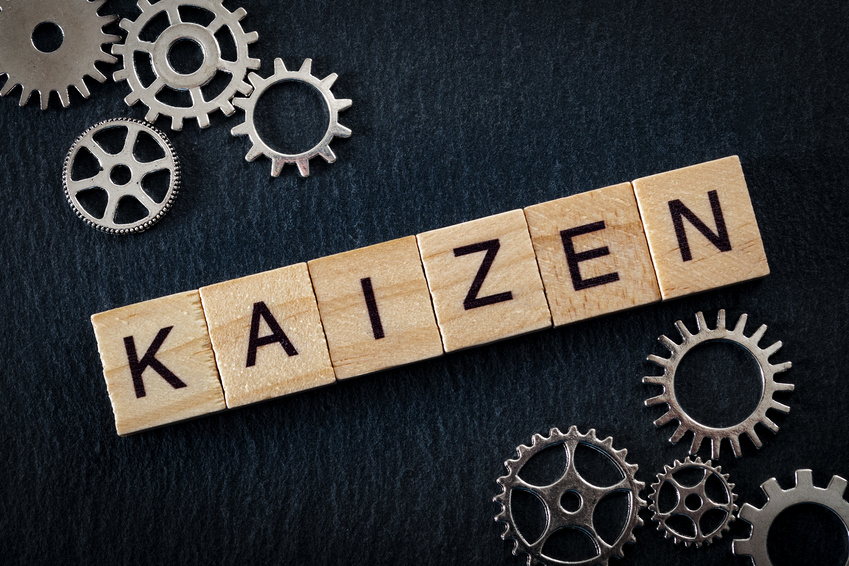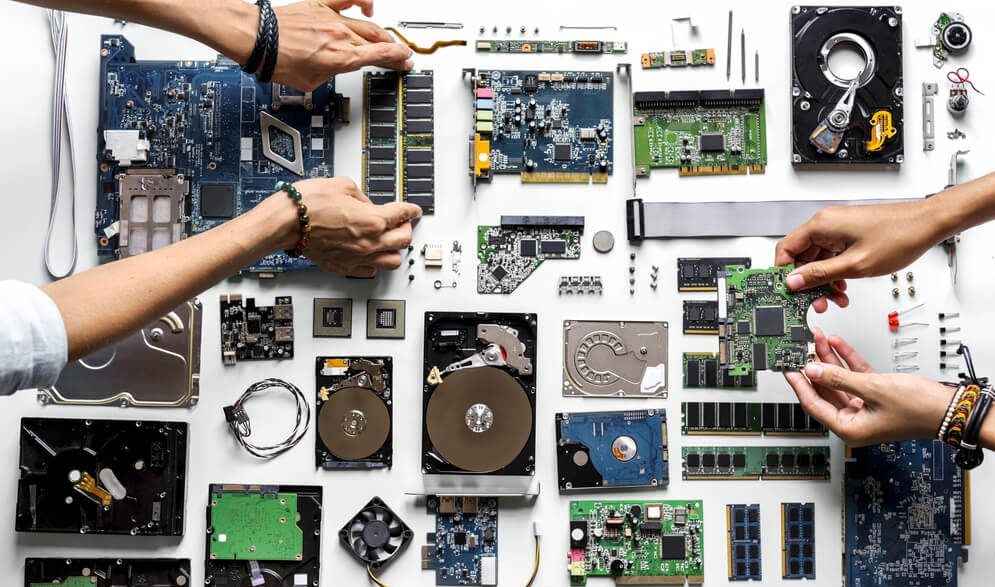How can the Kaizen Philosophy Improve the Effectiveness of Your MRP System?

What is Kaizen?
For those unfamiliar with the concept, Kaizen is a Japanese philosophy that advocates incremental and continuous improvement.
In the manufacturing sphere, it was first used in Japan during the country’s rapid economic growth following World War 2. Kaizen is not a step-by-step method on improving efficiency but rather an overarching philosophy.
The kaizen philosophy can be implemented in a manufacturing environment by following the PDCA process (plan–do–check–act) as detailed below:
- Plan – An existing process is observed and methods of improving efficiency are evaluated and implemented to streamline the process. Usually, incremental improvements are made so that there is sufficient time to assess the degree of effectiveness if any. Too many improvements at once can create confusion, making it unclear which changes reduce efficiency and which improve it.
- Do – The developed plan is then acted upon and the result is measured to determine the effectiveness of the incremental improvement.
- Check – During this phase the process is checked by comparing all collected data.
- Act – If the check phase shows a significant improvement over the baseline standard then the plan will become the new standard.
The above process needs to be continuously performed as this is the basis of the kaizen philosophy.
What is Manufacturing Resource Planning (MRPII)?
Put simply, MRP II is an integrated manufacturing business management system that evolved from material requirements planning (MRP). MRP II has an additional integration of employees, financial needs, and other business-related activities. An MRP II system can create a production schedule based on machine and labor availability and can coordinate the delivery of materials and supplies based on this. Software systems are modular and can consist of a wide range of modules, some of which are listed below:
- MPS (Material Production Schedule) – The number of end products required within a specified period.
- BOM (Bill of Materials) – The goods or materials needed to make the completed product. (Read more about BOM management software)
- Inventory control – Data on all available inventory.
- Sales analysis and forecasting – This allows manufacturing to be linked to sales demand.
- Tool Management – Tooling is an expensive commodity and unexpected failure can cause production delays.
- MRP – This consists of all material related manufacturing and inventory activities.
Merging the Kaizen Philosophy and MRPII
Implementing the kaizen philosophy with an MRP system in a manufacturing environment can result in significant improvements in manufacturing throughput, reductions in the amount of excess inventory, reduction in downtime and improvement of the overall efficiency in the factory. Furthermore, it can instill a general culture of constant incremental improvement within your workforce.
Some examples of how Kaizen and the PDCA process can help each aspect of an MRP system are indicated below.
A physical manifestation of MRP merged with the kaizen philosophy are Kanban cards. These are basically physical info cards that have all the part details on them. In its most basic form the card includes the following information:
Product number – The product number allows easy ordering of the part. The product number is given to the supplier to eliminate the risk of an incorrect order.
Supplier & Lead time – The preferred supplier of the part is indicated as each supplier has different pricing and lead time, using an unreliable supplier can have significant negative effects on production. A backup supplier can also be included in case there is a problem with the preferred supplier.
Minimum and maximum quantity – The cards will indicate a minimum and a maximum number of parts. When the available quantity of parts reaches the minimum, it indicates that more parts must be ordered. The minimum value is large enough to account for the delivery lead time of that part and any safety factor. This will ensure that the parts are delivered before they run out and cause production downtime. The maximum quantity ensures the amount of inventory is kept to an absolute minimum.
MRP incorporates this data into the system that then interfaces with all the other facets of the business, thus ensuring that all business divisions communicate clearly and efficiently.
Through modern techniques of inventory management, it is possible for MRP software to keep track of all components within a wide range of products. Inventory levels can be automatically monitored, and the procurement manager can be informed when to place an order. More advanced systems can even order components and materials automatically in line with real-time demand.
The Kaizen philosophy places major emphasis on efficiency and thus the procurement process can see tangible, financial improvements over time. Through sufficient planning and optimizing of purchasing procedures, your company will be able to eliminate wasteful expenditure. This effect is enhanced with an MRP system as you can track real-time purchasing trends and the results of the PDCA cycle can be directly observed.
In Conclusion
The nature of an MRP II system makes it very easy to implement kaizen philosophies into your business. As a result, your company’s efficiency will be continuously and incrementally improved. A well-implemented management system coupled with a proven philosophy is a relatively simple way to reduce excess waste in your company and set you on a path towards a lean business.



